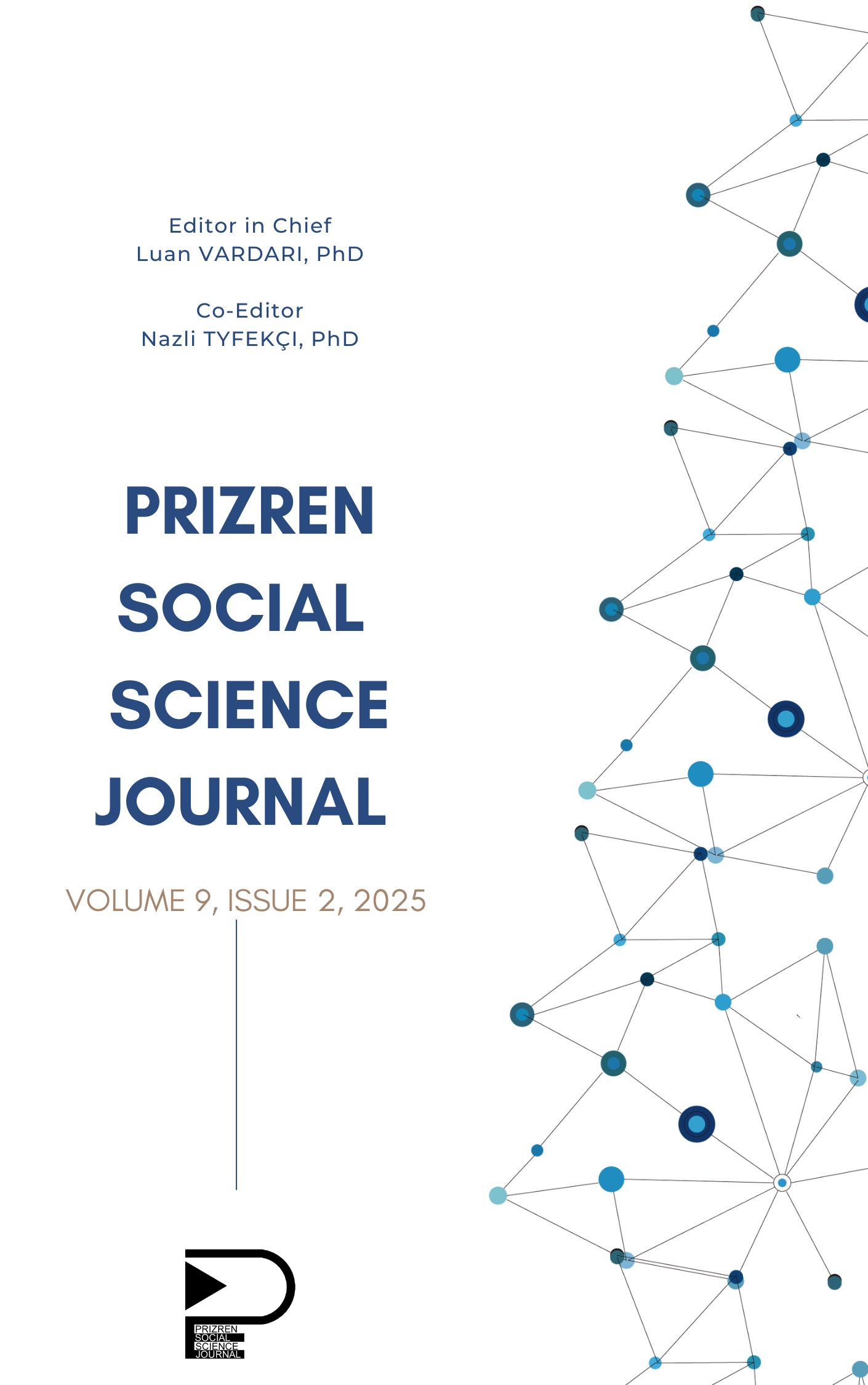Abstract
Despite the emphasis on Sustainable Development Goals 4 and 5, which advocate for quality education and gender equity for all, the gender gap in the admission and enrolment of students in STEM fields, particularly in engineering, persists. The study, therefore, investigated the extent SDG has been achieved in the enrolment of students into Engineering courses. Faculty of Engineering in Nigeria University was used. The population of the is 6,159 (5,481 males and 678 females). Documentation analysis was used for quantitative data collection, while the Interview guide was used for qualitative data collection. Data were analyzed using frequency, percentages, and Chi-square (x2). Findings indicate that there exists a gender gap in enrolment among students admitted to Engineering courses in the university, among others. It was recommended that the government, parents, students, and teachers/lecturers have a lot of roles to play to see that this gender disparity or gap is narrowed.
References
Adams, J. (1963). Towards an understanding of inequality. The Journal of Abnormal and Social Psychology, 67 (5), 422-436.
Akinbi, J.O., &Akinbi, A.Y. (2015). Gender disparity in enrolment into basic formal education in Nigeria: implication for national development. An international Multidisciplinary Journal, Ethopia, 9 (3),38.
Akinsowon, A.O. & Osisanwo, F.Y. (2014). Enhancing interest in Sciences, Technology, Engineering, and Mathematics (STEM) forms in Nigerian folk. International Journal of Information Science, 4 (1), 8-12.
Blazev, M., Karabebegovie, M., Burusic, J., & Selimbegovic, I. (2017). Predicting gender-STEM stereotyped beliefs among boys and girls from prior school achievement and interest in STEM school subjects. School Psychological Education, 20, 831-847.
Bukola, O. (2019). Integral Journal of Modern Education and Computer Science II (1), 24-32. Https://www.researchgate.net/publication/330418997
Bunmi, B. (2023). Only 22% of STEM graduates in Nigeria-FITC are females. Businessday: ng/news/article/only-22-of-stem-graduate-are-females-in-Nigeria-fitc.
Cheryan, S., Master, A. N., & N. Meltzoff. (2017). Cultural stereotypes as gatekeepers: increasing girls’ interest in Computer science and Engineering and diversifying stereotypes. Frontiers in Psychology, 6 (49), 1-8
EIGE, (2023). Gender parity. European Institute for gender equality EIGE’s resource and documentation center. https:/eige.europa.eu/thesaurus/terms/1195
EIGE, (2023). Definition of gender. European Institute for gender equality EIGE’s resource and documentation center. https://www.google.com/search?q=EIGE%2C+(2023).+Definition+of+gender
Eze, F.O., & Eze, H., (2021). Assessing the gender disparity among students admitted in Physical Sciences: A case study of University of Nigeria, Nsukka (unpublished project). Department of Science Education. University of Nigeria Nsukka.
Nworgu, B.G. (2015). Educational research, basic issues and methodology: Research design ( 3rd Ed.). Nsukka University Trust.
Reeves, M. (2013). STEM Education-National Drop Prevention Center/network. Www.dropoutprevent.org/sites/defaults/files/newsletter-v24n/-2013.pdf
Saclads, (2023). Sustainable Development Goals. Wikipedia. https://en.m.wikipedia.org/wiki/special:History/Sustainable_Develpment_Goals
Starovoytova, M. D., & Sharon, C. (2016). Gender-related challenges in learning technical courses. Science.gov. https://www.science.gov/topicpages/academic+challe
UN Sustainable Development Goals, (2022). Critical factors affecting SDGs 4 in Africa. http s://www.linkedin.com/pulse/critical-factors-affecting-sdg-4-africa-learnxplore.
UN (2022). The 17 Sustainable Development Goals. https://sdgs.un.org/goals
UNESCO (2017). Gender inequality in STEM education. Https://www.unesco.org/en/article/new-unesco-report-sheds-light-gender-inequality-st em-education
UNESCO. (2013-2014). Teaching and learning: Achieving quality for All: Gender- pedagogy for teachers. https://uis.unesco.org/sites/default/files/documents/teaching-and-learning-achieving-quality-for-all-gmr-2013-2014-en.pdf
Verena, T. R., &Deepa, G.(2022). Gender gap in STEM education and career choices: what matters? Journal of Applied Research in Higher Education 14 (3), 1021-10
World Health Organization, (2011). Gender mainstreaming for health managers; a practical approach. Geneva: World Health Organization. Who.int/new
World Health Organization, (2013). Sustainable Development Goals. https://www.who.int./europe/about-us/our-work/sustainable-developments

This work is licensed under a Creative Commons Attribution-NonCommercial-NoDerivatives 4.0 International License.
Copyright (c) 2025 Emmanuel I. ORJI, Ebubechi G. ONYEABOR, Theresa O. OMEJE, Ugorji I. OGBONNAYA

